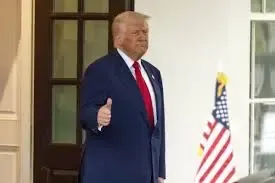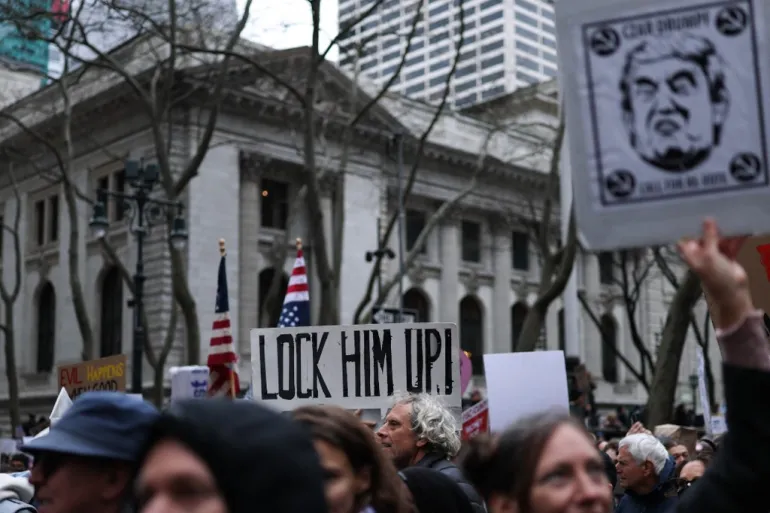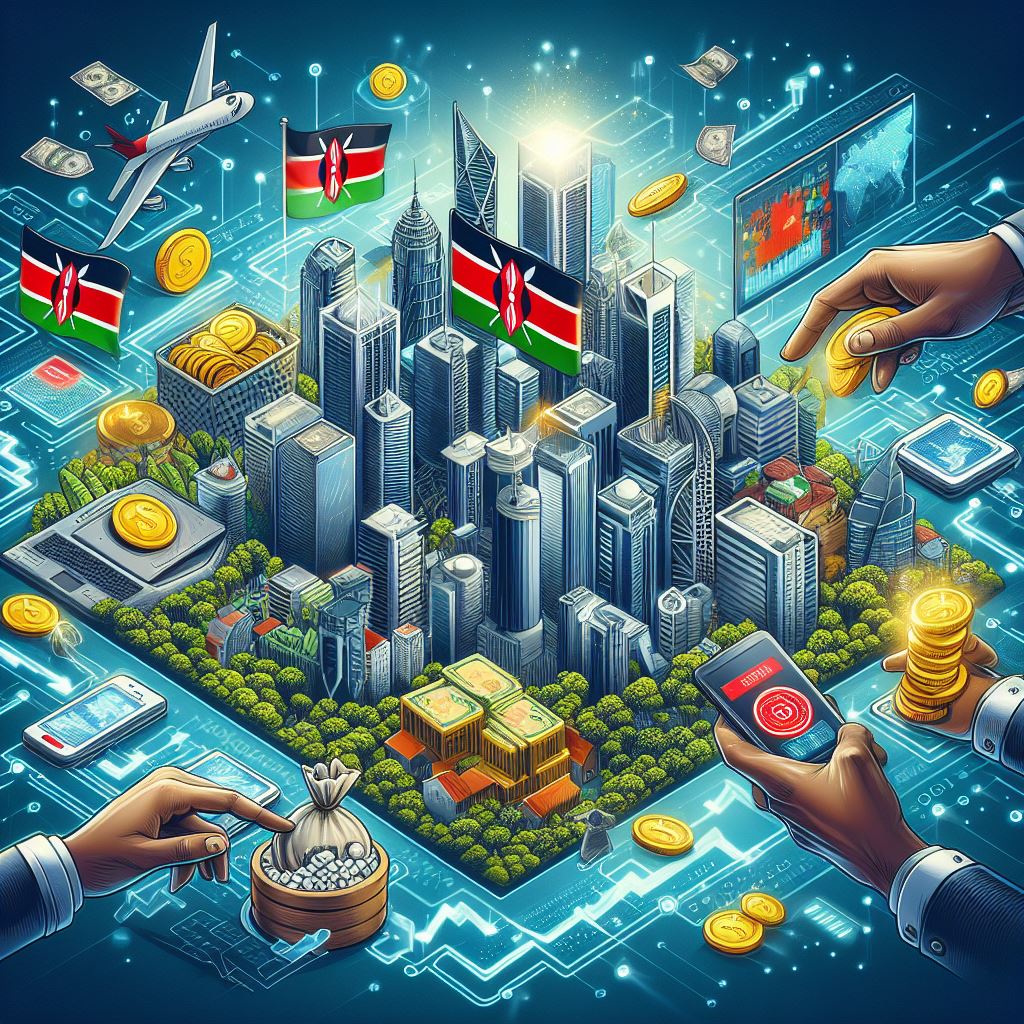GOVERNMENT AND INTERVENTIONS
Government Interventions to Encourage Productive Investment to create jobs and more commerce.
Governments can play a crucial role in stimulating investment in productive assets that generate jobs and commerce. Here are some effective strategies:
Fiscal Policies
Tax Incentives:
• Corporate Tax Reductions: Lowering corporate taxes can encourage businesses to reinvest profits.
• Investment Tax Credits: Providing tax credits for investments in specific sectors or assets can incentivize businesses to allocate more resources.
• Depreciation Allowances: Accelerated depreciation can reduce the tax burden on capital investments.
• Public-Private Partnerships (PPPs): Collaborating with the private sector on infrastructure projects can leverage their expertise and resources while sharing risks.
Monetary Policies
Low Interest Rates: Lower interest rates make borrowing more affordable, encouraging businesses to invest in new projects.
Quantitative Easing: Injecting liquidity into the economy can stimulate investment and consumption.
Regulatory Reforms
Streamlined Regulations: Reducing bureaucratic hurdles can make it easier for businesses to start and expand operations.
Intellectual Property Protection: Strong IP laws can encourage innovation and investment.
Infrastructure Development: Investing in infrastructure, such as transportation and energy, can create a conducive environment for businesses to thrive.
Education and Training
Skill Development: Investing in education and training programs can equip the workforce with the skills needed for high-productivity jobs.
Vocational Education: Promoting vocational education can align education with the needs of the labor market.
Support for Small and Medium-Sized Enterprises (SMEs)
Access to Finance: Providing access to loans, grants, and equity financing can help SMEs grow and create jobs.
Business Development Services: Offering mentoring, consulting, and technical assistance can support SMEs in their operations.
Sustainable Development
Green Investments: Promoting investments in renewable energy, sustainable agriculture, and green infrastructure can create long-term economic opportunities.
Environmental Regulations: Encouraging sustainable practices can attract environmentally conscious investors.
By implementing these strategies, governments can create a favorable environment for investment, fostering economic growth, job creation, and improved living standards.
Examples of Productive Assets for Job Creation
Productive assets are tangible or intangible resources that contribute to economic output and job creation. Here are some examples:
Tangible Assets:
Infrastructure:
Roads, bridges, and transportation systems
Ports and airports
Energy grids (power plants, transmission lines)
Water and sanitation systems
Telecommunications infrastructure
Machinery and Equipment:
Manufacturing equipment
Agricultural machinery
Construction equipment
Medical equipment
Real Estate:
Commercial buildings (offices, retail spaces)
Industrial facilities
Residential properties (rental housing)
Hospitality facilities (hotels, restaurants)
Natural Resources:
Land for agriculture, mining, or development
Mineral deposits
Forests
Intangible Assets
Intellectual Property:
Patents
Copyrights
Trademarks
Brand value
Human Capital:
Skilled workforce
Education and training
Technology:
Software
Research and development capabilities
Business Models:
Innovative business concepts
Efficient operational processes
Investing in these productive assets can stimulate economic growth, create jobs, and improve productivity.
Government Interventions to Encourage Productive Investment to create jobs and more commerce.
Governments can play a crucial role in stimulating investment in productive assets that generate jobs and commerce. Here are some effective strategies:
Fiscal Policies
Tax Incentives:
• Corporate Tax Reductions: Lowering corporate taxes can encourage businesses to reinvest profits.
• Investment Tax Credits: Providing tax credits for investments in specific sectors or assets can incentivize businesses to allocate more resources.
• Depreciation Allowances: Accelerated depreciation can reduce the tax burden on capital investments.
• Public-Private Partnerships (PPPs): Collaborating with the private sector on infrastructure projects can leverage their expertise and resources while sharing risks.
Monetary Policies
Low Interest Rates: Lower interest rates make borrowing more affordable, encouraging businesses to invest in new projects.
Quantitative Easing: Injecting liquidity into the economy can stimulate investment and consumption.
Regulatory Reforms
Streamlined Regulations: Reducing bureaucratic hurdles can make it easier for businesses to start and expand operations.
Intellectual Property Protection: Strong IP laws can encourage innovation and investment.
Infrastructure Development: Investing in infrastructure, such as transportation and energy, can create a conducive environment for businesses to thrive.
Education and Training
Skill Development: Investing in education and training programs can equip the workforce with the skills needed for high-productivity jobs.
Vocational Education: Promoting vocational education can align education with the needs of the labor market.
Support for Small and Medium-Sized Enterprises (SMEs)
Access to Finance: Providing access to loans, grants, and equity financing can help SMEs grow and create jobs.
Business Development Services: Offering mentoring, consulting, and technical assistance can support SMEs in their operations.
Sustainable Development
Green Investments: Promoting investments in renewable energy, sustainable agriculture, and green infrastructure can create long-term economic opportunities.
Environmental Regulations: Encouraging sustainable practices can attract environmentally conscious investors.
By implementing these strategies, governments can create a favorable environment for investment, fostering economic growth, job creation, and improved living standards.
Examples of Productive Assets for Job Creation
Productive assets are tangible or intangible resources that contribute to economic output and job creation. Here are some examples:
Tangible Assets:
Infrastructure:
Roads, bridges, and transportation systems
Ports and airports
Energy grids (power plants, transmission lines)
Water and sanitation systems
Telecommunications infrastructure
Machinery and Equipment:
Manufacturing equipment
Agricultural machinery
Construction equipment
Medical equipment
Real Estate:
Commercial buildings (offices, retail spaces)
Industrial facilities
Residential properties (rental housing)
Hospitality facilities (hotels, restaurants)
Natural Resources:
Land for agriculture, mining, or development
Mineral deposits
Forests
Intangible Assets
Intellectual Property:
Patents
Copyrights
Trademarks
Brand value
Human Capital:
Skilled workforce
Education and training
Technology:
Software
Research and development capabilities
Business Models:
Innovative business concepts
Efficient operational processes
Investing in these productive assets can stimulate economic growth, create jobs, and improve productivity.

.jpg?locale=en)























